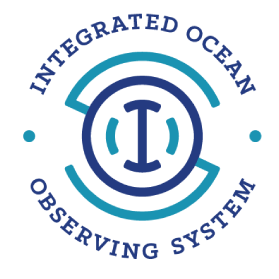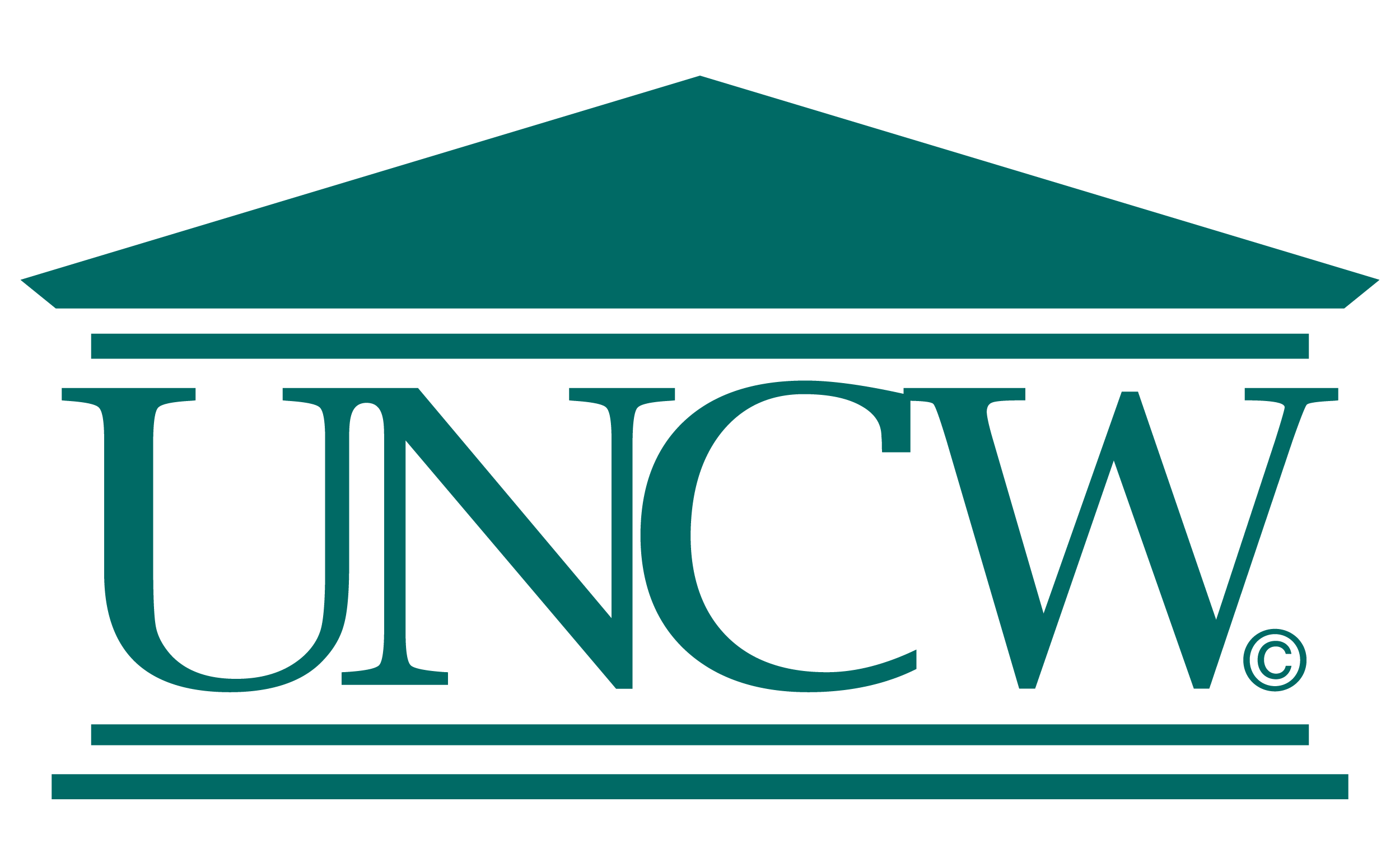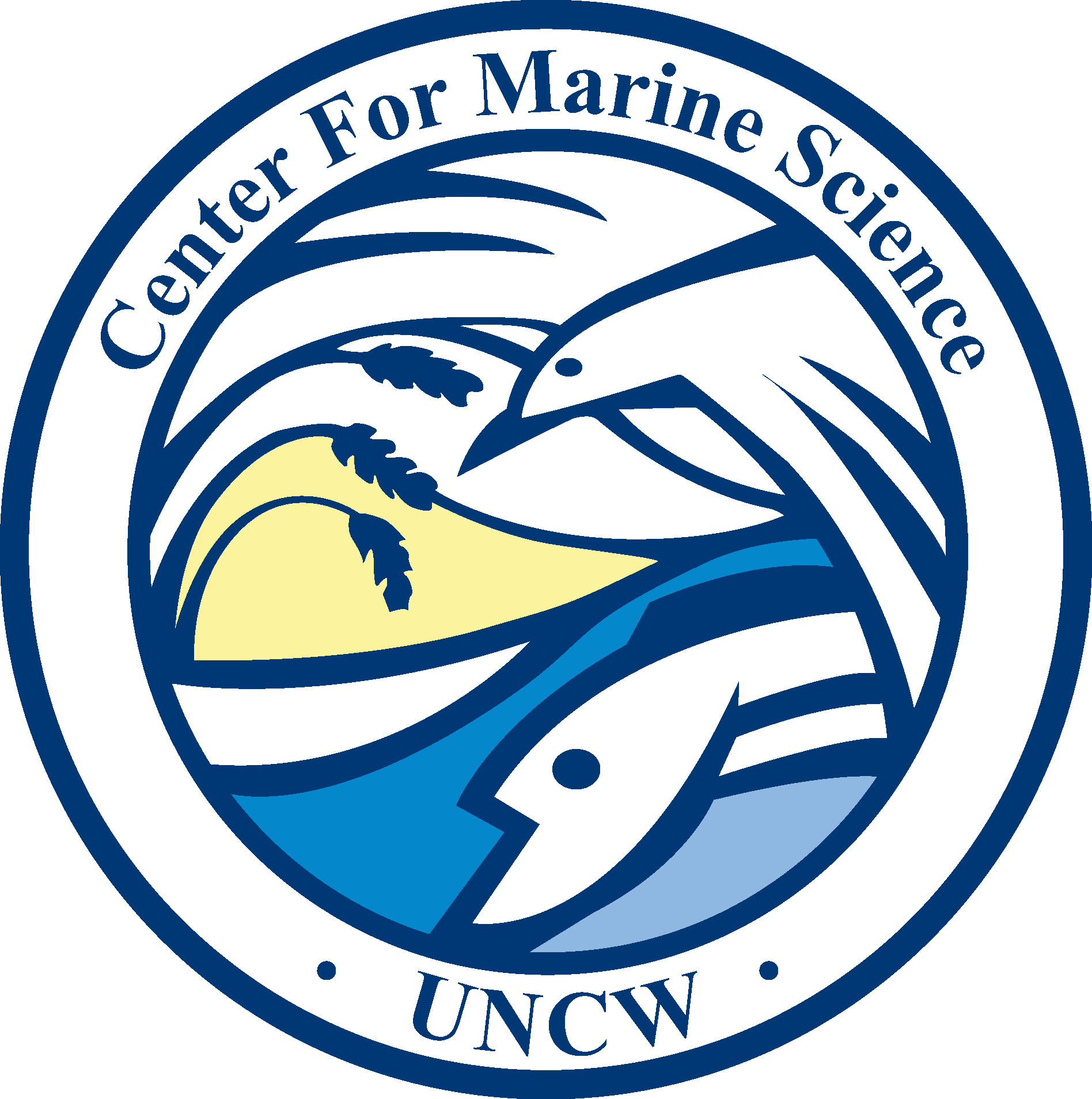
North Carolina is still recovering from the 2018 hurricane season. The devastating impacts of Florence are still be felt throughout the region. As the climate is changing – and hurricanes become more frequent –scientists are working hard to make sure communities are prepared to face the next storm.
Scientists and managers are installing living shorelines to mitigate storm surge and considering new development options to increase resiliency. Oceanographers are testing new technology to better forecast storm intensity. And forecasters are comparing historic and recent data trends to investigate the influences of the changing climate on storm formation and duration.
On June 17 at 6:30 PM, learn from experts on how they are using data, and ingenuity, to increase our understanding of hurricanes and the changing climate.
Speakers (click on names for bio):
- Debra Hernandez, Southeast Coastal Ocean Observing Regional Association
- Tancred Miller, Division of Coastal Management, North Carolina Department of Environmental Quality
- Catherine Edwards, University of Georgia Skidaway Institute of Oceanography
- Mark Willis, Meteorologist in Charge, Wilmington, North Carolina National Weather Service Office
Related news
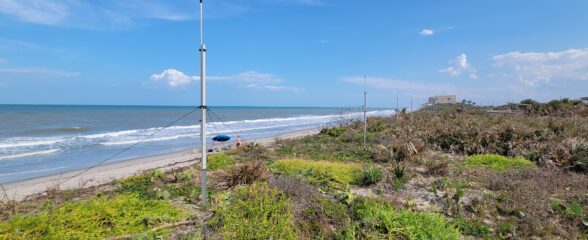
Measuring Surface Currents on the East Coast of Florida with High Frequency Radars
The Florida Institute of Technology and UGA Skidaway Institute of Oceanography recently installed four high frequency radars on the east coast of Florida. These systems measure the speed and direction of ocean currents, which is helpful for search & rescue operations and tracking marine debris.
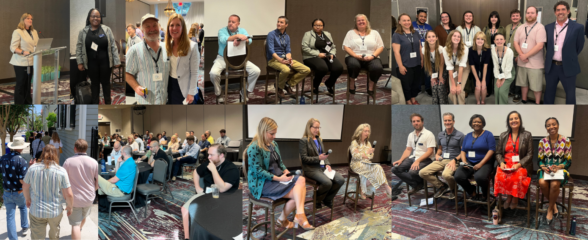
The 2024 SECOORA Annual Meeting: A Huge Success!
The SECOORA Annual Meeting was held in Charleston, South Carolina May 7th - 8th. Thank you to those who attended, we hope to see you again next year!
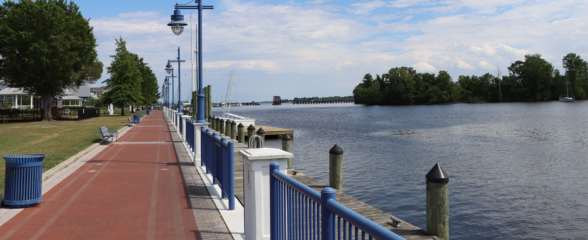
SECOORA Partners with North Carolina Communities to Install New Water Level Sensors
SECOORA has partnered with North Carolina Public Safety, Beaufort County Emergency Services, and the town of Belhaven to install new water level stations in two flood-prone North Carolina communities.
